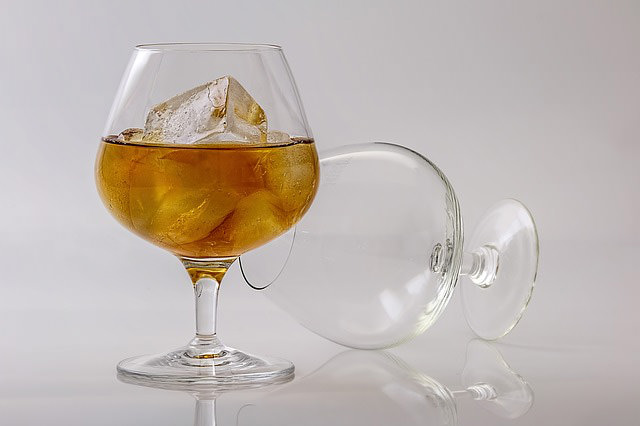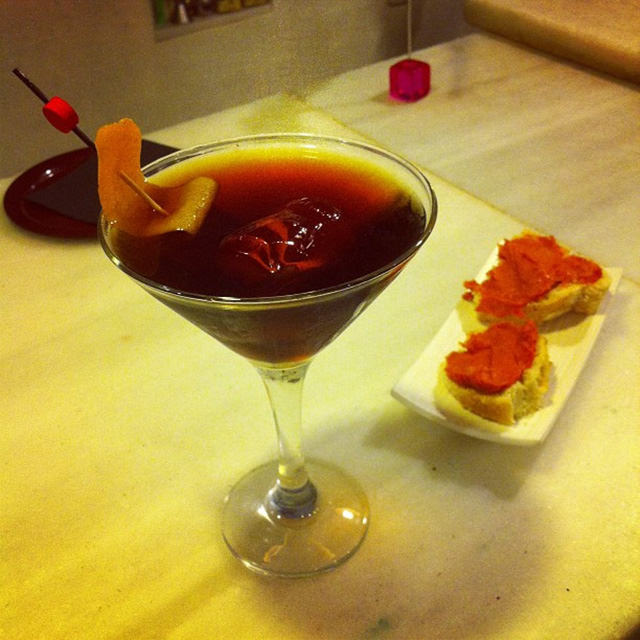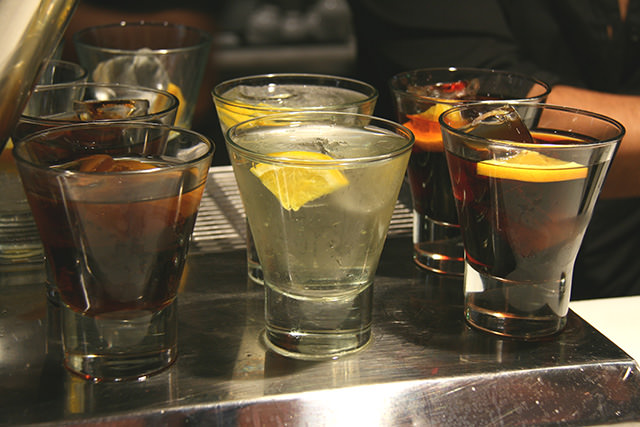Try to find some time next weekend. It’s probably in that old shoe box, in the back of the closet. It’s somewhere; ask your boyfriend or granddaughter to find it. When you’ve found it, make yourself a vermouth. Have a long, drawn out lunch afterwards.
Recent years have been good for Spanish Vermouth producers. The fortified wine has gained in popularity again and is widely celebrated throughout the country. On Saturday and Sunday Barcelona’s bars are crowded with hipsters and pensioners alike. They are there to “fer vermut”, literally, to do a vermouth.
Doing a vermouth is much more then consuming a glass of vermouth. It’s a weekend ritual, preluding lunch or dinner. Enter: the glass of vermouth, straight or on ice with a splash of seltzer. The vermouth may be garnished with a slice of citrus and an olive. It’s herbaceous and slightly bitter, awaking the senses and preparing the stomach for the food to come. The glass is always accompanied by nibbles and munchables, some olives and anchovies dressed in olive oil, nuts or some potato chips. It goes extremely well with family and friends.
The origins of vermouth are unclear and are believed to lie somewhere in the 16th century. It may have originated in Germany and the name itself is derived from the word “wermut”, German for wormwood, then an essential ingredient in its production process. The fortified wine spread throughout Europe and over time two distinctive styles became established. Dry vermouth and sweet vermouth.
The production of vermouth was heavily commercialized in the 19th century and became immensely popular in Spain. It didn’t take the Spanish long to start producing vermouth themselves and a tradition was born.
Vermouth is made from neutral, low alcohol white wine. Sometimes the wine is aged before the addition of other ingredients. If the vermouth is to be sweet, sugar syrup is added after which the wine is fortified with a neutral spirit. For dry vermouth, the sugar syrup is left out or added in smaller amounts. This mixture is then added to tanks or barrels, containing dry ingredients. Typical dry ingredients are cloves, cinnamon, quinine, citrus peel, wormwood and cardamom. These give a vermouth it’s character. It will come as no surprise then that many recipes are well-guarded secrets. Vermouths can range in color from pale to dark red, with paler vermouths being dry and reds tasting sweet although this is not always the case.
Vermouth has made a big comeback in Spain and it seems like other parts of the world are catching a whiff of the fun. It fits in a greater European tradition of having an aperitif. It’s siblings in the liquor cabinet are Campari, Sherry, Kina Lillet, Picon, Dubonnet, Pernod and the rest of them.
It’s a question of time whether this trend catches on outside of Spain. I hope it does. I hope it catches on here in Bangkok. We should all take more time before lunch.
[Article by Alexander Eeckhout]



 0
0